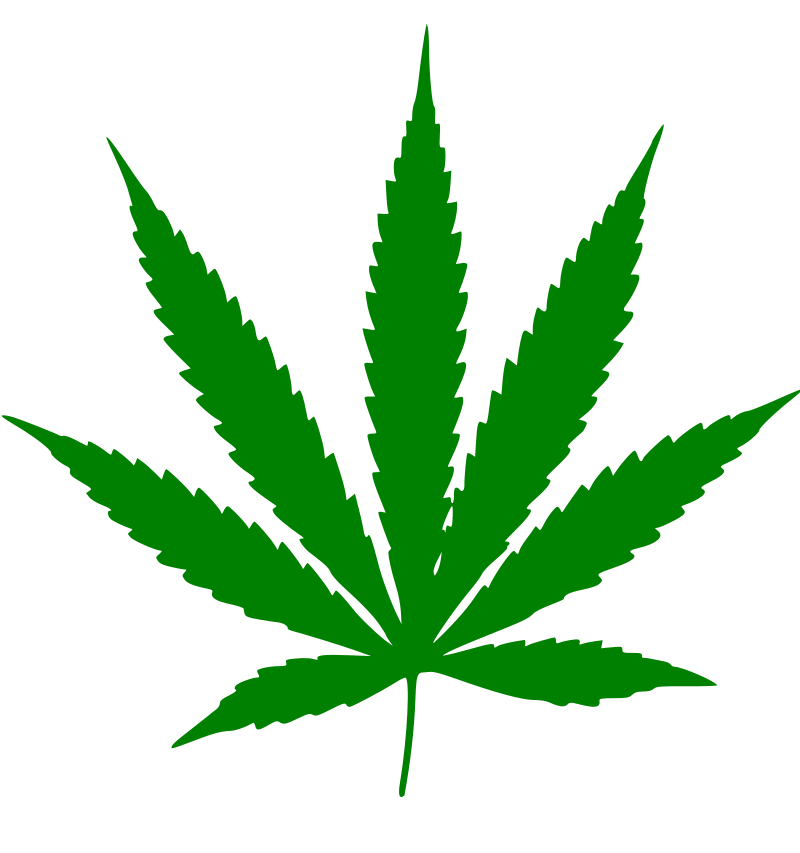Fiber
Hemp fiber has been used extensively throughout history, with production climaxing soon after being introduced to the New World. For centuries, items ranging from rope, to fabrics, to industrial materials were made from hemp fiber. Hemp was also commonly used to make sail canvas. The word "canvas" is derived from the word cannabis. Pure hemp has a texture similar to linen. Because of its versatility for use in a variety of products, today hemp is used in a number of consumer goods, including clothing, shoes, accessories, dog collars, and home wares. For clothing, in some instances, hemp is mixed with lyocell. Its benefits in terms for sustainability also increase its appeal in industries, such as the clothing industry.
Sustainability
Hemp is classified under the green category of building design, primarily due to its positive effects on the environment. A few of its benefits include but are not limited to the suppression of weed growth, anti-erosion, reclamation properties, and the ability to remove poisonous substances and heavy metals from soil.
The use of hemp is beginning to gain popularity alongside other natural materials. This is because cannabis processing is done mechanically with minimal harmful effects on the environment. A part of what makes hemp sustainable is its minimal water usage and non-reliance on pesticides for proper growth. It is recyclable, non-toxic, and biodegradable, making hemp a popular choice in green building construction.
Hemp fiber is known to have high strength and durability, and has been known to be a good protector against vermin. The fiber has the capability to reinforce structures by embossing threads and cannabis shavers. Hemp has been involved more recently in the building industry, producing building construction materials including insulation, hempcrete, and varnishes.
Hemp made materials have low embodied energy. The plant has the ability to absorb large amounts of CO2, providing air quality, thermal balance, creating a positive environmental impact.[48]
Hemp's properties allow mold resistance, and its porous materiality makes the building materials made of it breathable. In addition hemp possesses the ability to absorb and release moisture without deteriorating. Hemp can be non-flammable if mixed with lime and could be applied on numerous aspects of the building (wall, roofs, etc.) due to its lightweight properties.

